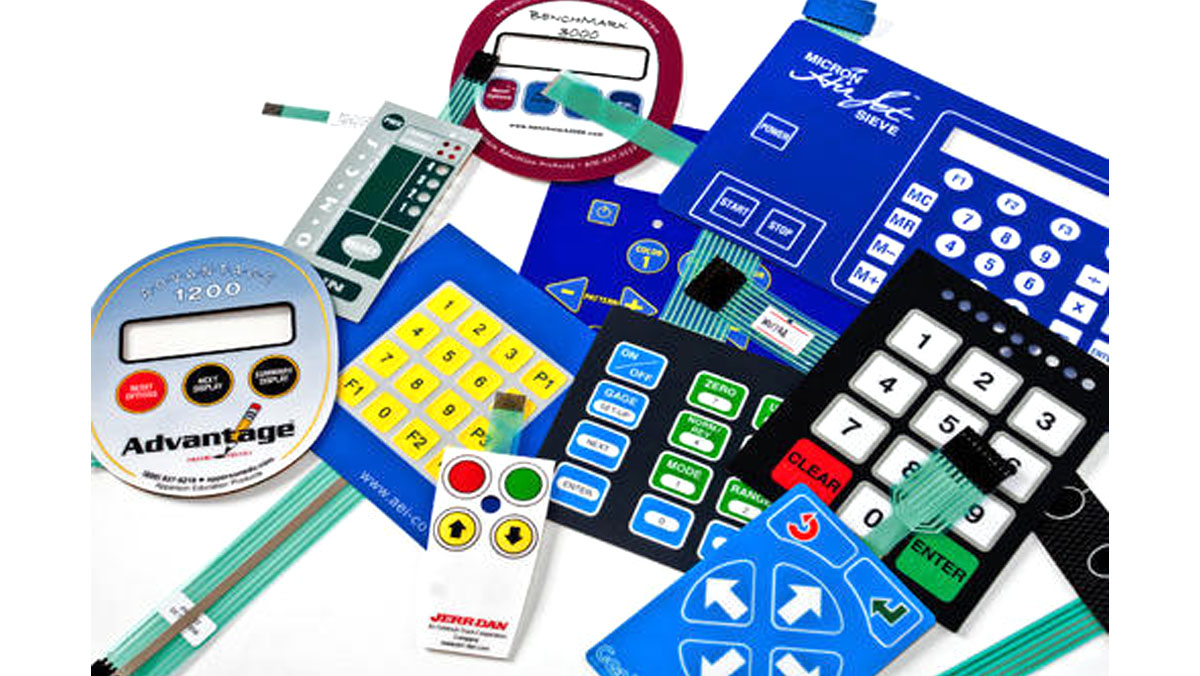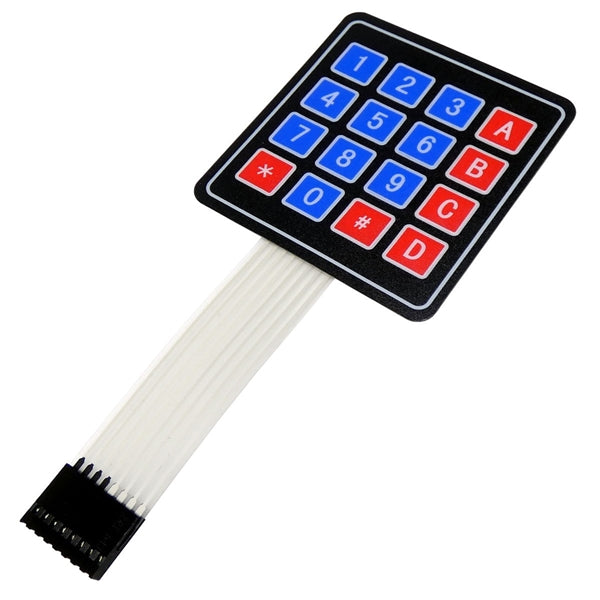Membrane Switch: A Comprehensive Guide to Its Uses and Applications
Membrane Switch: A Comprehensive Guide to Its Uses and Applications
Blog Article
Recognizing Membrane Layer Changes: The Trick to Trusted and resilient Controls

What Are Membrane Layer Switches?
Membrane buttons are a sophisticated service in the realm of user interface modern technology, combining capability and design flawlessly. These gadgets serve as a user interface in between customers and digital systems, incorporating numerous parts right into a portable layout. Normally created from adaptable, thin layers of materials, membrane switches are developed to react to touch, making it possible for users to communicate with equipment and digital tools effectively.
The primary aspects of a membrane switch include a published circuit layer, visuals overlay, and a spacer layer that stops unintentional activation. The visuals overlay can be personalized to mirror brand name identification or user preferences, enhancing appearances while guaranteeing functionality. Membrane layer buttons are generally made use of in various applications, including medical tools, customer electronics, and commercial devices, owing to their toughness and resistance to ecological variables such as moisture and dirt.
One of the essential benefits of membrane layer switches is their capability to stand up to deterioration, making them excellent for high-traffic atmospheres. Additionally, they are light-weight and need minimal room, enabling innovative layouts in product development. On the whole, membrane switches over represent a practical and reliable selection for contemporary digital user interfaces, marrying technology with user-centric design concepts.
Just How Membrane Layer Changes Work
The operation of membrane layer changes depend upon an easy yet efficient mechanism that translates user input into digital signals. These switches are composed of multiple layers, generally consisting of a graphic overlay, a spacer layer, and a circuit layer. When an individual presses the button, the top layer flaws, allowing a conductive component in the circuit layer to reach an equivalent conductive pad on the bottom of the graphic overlay. This call closes the circuit and sends a digital signal to the device, indicating that the button has been turned on.
The design of membrane layer switches can differ, but they often integrate domes or responsive aspects to provide comments to the individual, boosting the total experience - membrane switch. The products made use of in membrane layer buttons, such as polyester or polycarbonate, add to their sturdiness and resistance to ecological aspects, consisting of dampness and dirt. Furthermore, the printed circuits are usually enveloped, which shields them from deterioration with time.
Benefits of Membrane Switches

In addition, membrane switches are recognized for their durability. Created from robust products, they are resistant to dirt, wetness, and physical wear, which considerably extends their life-span contrasted to conventional mechanical buttons. This longevity makes them especially appropriate for high-traffic environments and applications needing long life.
Another substantial benefit is the simplicity of cleansing and upkeep. The smooth surface of membrane changes reduces dust buildup and is commonly try this site unsusceptible spills, making them perfect for setups that call for regular sanitization.
In addition, membrane layer switches use a streamlined profile, resulting in a thinner design that can be integrated right into numerous tools without including mass. This attribute not just improves the aesthetic allure but also contributes to a much more ergonomic item design.
Applications of Membrane Buttons
Straightforward and flexible, membrane switches locate applications throughout a broad range of sectors, including clinical gadgets, consumer electronic devices, and industrial tools. In the medical area, these buttons are integral to tools such as diagnostic tools, individual monitoring systems, and mixture pumps, where reliability and convenience of cleaning are critical. Their capability to endure rough atmospheres and maintain capability makes them suitable for such applications.

In customer electronics, membrane buttons are utilized in items like microwaves, cleaning equipments, and push-button controls - membrane switch. Their sleek layout enables user-friendly customer interfaces, enhancing the general customer experience while supplying sturdiness and resistance to tear and use
Industrial devices additionally takes advantage of membrane layer buttons, especially in control panels for equipment and automation systems. These switches visit this web-site provide defense against dust and dampness, guaranteeing constant efficiency in challenging atmospheres. Furthermore, their personalized features allow article makers to tailor them to particular functional needs, improving performance and functionality.
Selecting the Right Membrane Layer Switch
When choosing a membrane layer switch, it is crucial to think about numerous factors that affect efficiency and viability for details applications. The key factors to consider consist of ecological conditions, tactile feedback, resilience, and design specifications.
First, analyze the operating setting; buttons exposed to moisture, chemicals, or severe temperature levels require specific products to make sure durability and functionality. Next off, examine the need for responsive comments. Depending upon user communication, some applications may take advantage of a responsive reaction to confirm activation, while others might choose a non-tactile layout for visual reasons.
Longevity is an additional important aspect; membrane buttons must be made to stand up to regular usage, effects, and abrasion. Ensure the picked switch can sustain the expected lifecycle, specifically in high-usage situations.

Conclusion
In conclusion, membrane switches over serve as essential parts in the style of durable and trustworthy control systems across numerous markets. The versatility of membrane layer changes permits for tailored options that meet details operational demands, reinforcing their relevance in modern-day technology.
Membrane switches over stand for a vital facet of modern-day user interface layout, blending functionality with resilience in various applications.Membrane switches are an advanced option in the world of customer interface modern technology, incorporating capability and layout seamlessly. Usually built from versatile, slim layers of products, membrane switches are created to react to touch, allowing customers to interact with machinery and electronic gadgets successfully.
The style of membrane layer buttons can differ, however they usually incorporate domes or responsive aspects to give responses to the individual, boosting the overall experience.In conclusion, membrane switches serve as necessary elements in the layout of reputable and resilient control systems across numerous sectors.
Report this page